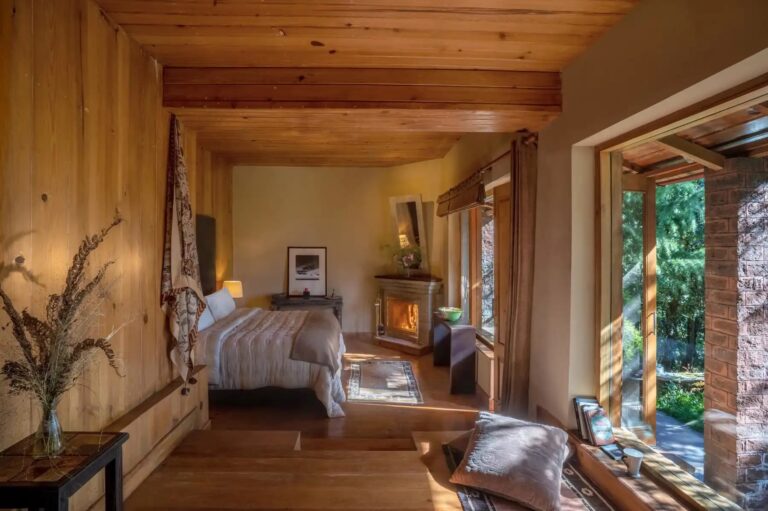
Understanding the Variables Affecting Remodel Costs
Remodeling a house is a significant investment, and the cost can vary wildly depending on numerous factors. Location plays a huge role, with metropolitan areas generally commanding higher labor and material costs than rural areas. The scope of your project is another key determinant. A simple kitchen refresh will cost significantly less than a complete gut renovation. The quality of materials chosen significantly impacts the price; opting for high-end finishes and appliances will dramatically increase the overall cost compared to using more budget-friendly options. Finally, the condition of the existing structure can add unexpected expenses. Hidden problems like rotted framing or outdated plumbing can inflate the budget considerably.
Breaking Down Labor Costs
Labor costs often represent a substantial portion of your total remodeling expenses. The hourly rate for skilled tradespeople, like plumbers, electricians, and carpenters, varies depending on location, experience, and demand. Complex projects requiring specialized skills will naturally be more expensive. Consider whether you’ll hire a general contractor to manage the entire project or handle individual aspects yourself. While DIY can save money, it requires time, expertise, and the willingness to take on potential risks. A general contractor can manage the schedule, coordinate subcontractors, and ensure the project stays on track, potentially saving you time and money in the long run, albeit at a cost.
Material Costs: A Detailed Look
Material costs can fluctuate based on market conditions and the specific products you choose. Certain materials, like sustainably sourced lumber or exotic stone countertops, are inherently more expensive. Budgeting for materials requires careful planning and research. Consider creating a detailed list of every material needed, researching prices from multiple suppliers, and factoring in potential waste and overages. Don’t forget to include smaller, often overlooked items such as fasteners, adhesives, and paint, as these can add up quickly.
Permits and Inspections: Necessary Expenses
Before starting any significant remodeling project, you’ll need to obtain the necessary permits from your local authorities. The permit fees vary depending on the scope of work, location, and the complexity of the project. Inspections throughout the process are also required to ensure compliance with building codes and safety regulations. These inspections add to the overall cost but are essential for ensuring a legally sound and safe renovation. Failing to obtain permits can lead to hefty fines and potential legal issues down the line.
Contingency Planning: The Unexpected
Even the most meticulously planned remodeling project can encounter unexpected problems. Unforeseen issues, such as discovering hidden damage during demolition or encountering unforeseen plumbing or electrical complications, can quickly derail your budget. It’s crucial to build a contingency fund of 10-20% of your total estimated cost to accommodate these potential setbacks. This buffer allows you to address unexpected problems without jeopardizing the entire project or sacrificing quality.
Kitchen and Bathroom Remodels: A Cost Breakdown
Kitchen and bathroom remodels are among the most popular home improvement projects, but they can also be quite expensive. A simple kitchen refresh might cost between $10,000 and $20,000, while a complete overhaul could easily exceed $50,000. Bathroom remodels follow a similar trend, with smaller updates costing less and extensive renovations potentially exceeding $20,000. The cost heavily depends on the size of the space, the quality of fixtures and finishes, and the level of customization involved.
Adding Square Footage: Significant Cost Implications
Expanding your living space through additions significantly increases the project cost. This involves not just the construction of the new area but also any necessary foundation work, structural modifications, and the potential need for additional utilities and permits. Adding a room or extending an existing space requires more extensive planning and skilled labor, resulting in a higher overall cost than smaller, interior-focused renovations. Proper planning and professional consultations are essential to minimize unexpected expenses.
Finding Reliable Contractors: A Crucial Step
Choosing the right contractor is vital for a successful and budget-friendly remodel. Get multiple quotes from reputable contractors, thoroughly vet their references, and ensure they have the necessary licenses and insurance. A detailed contract outlining the scope of work, payment schedule, and timelines is essential to protect your interests and avoid misunderstandings. Clear communication and regular updates are crucial throughout the project.
Financing Your Remodel: Exploring Options
Financing a major remodel often requires careful consideration. Options include home equity loans, cash-out refinancing, personal loans, and credit cards. Each option has its own advantages and disadvantages regarding interest rates, repayment terms, and eligibility requirements. It’s crucial to compare options and choose the financing solution that best fits your financial situation and the overall project budget. Secure pre-approval before embarking on your project to avoid financial surprises. Visit here about how much does it cost to remodel an entire house








